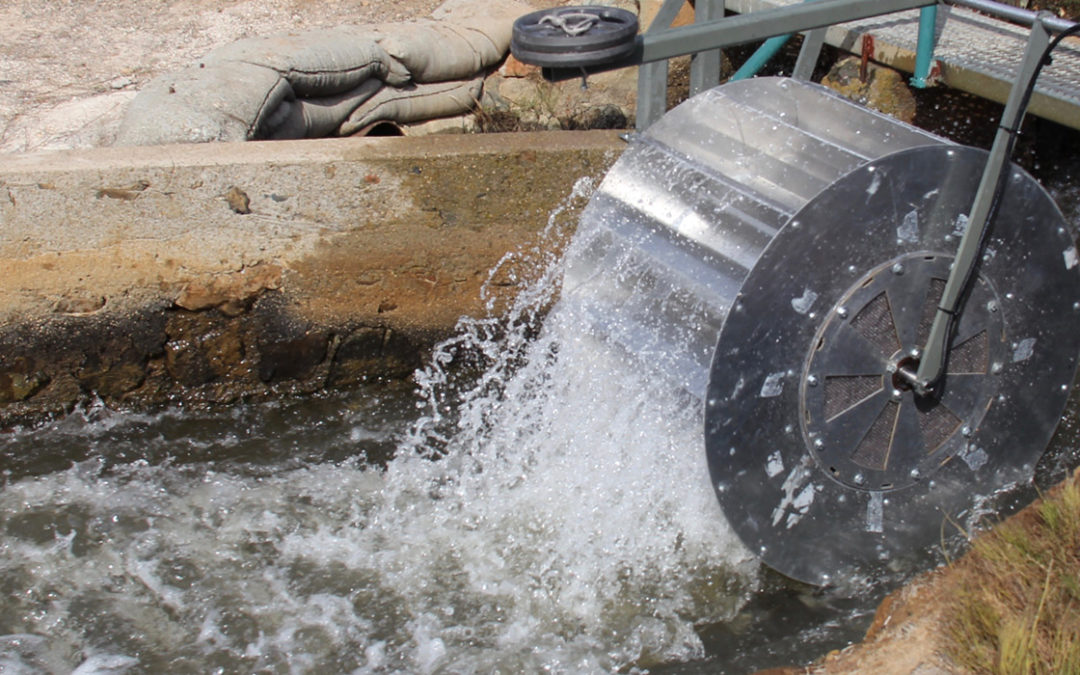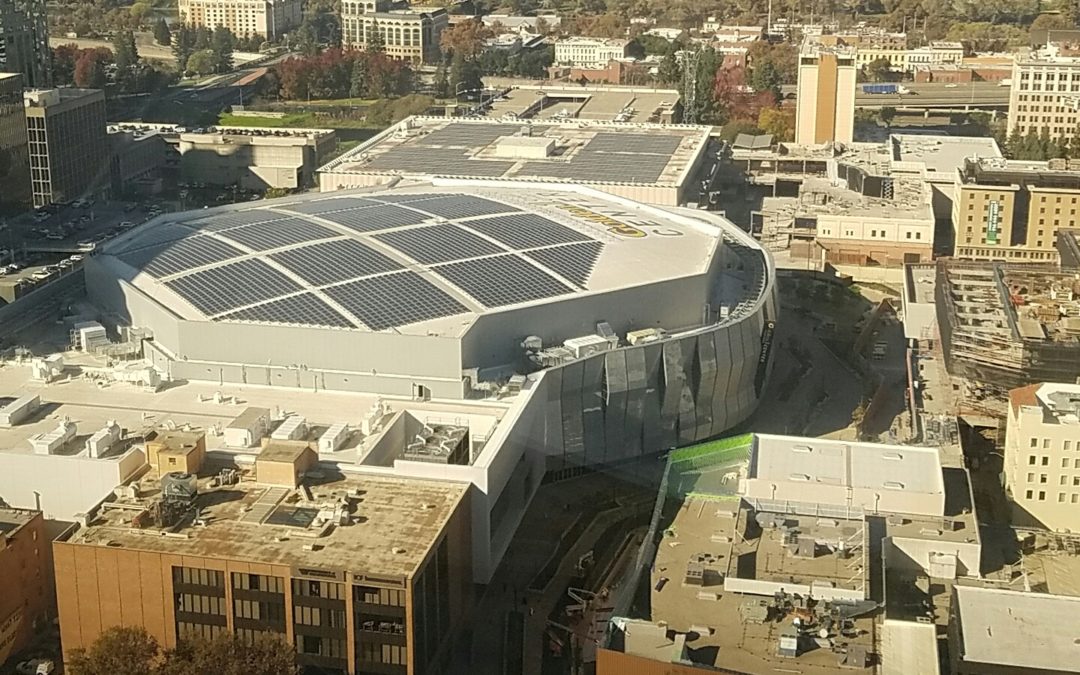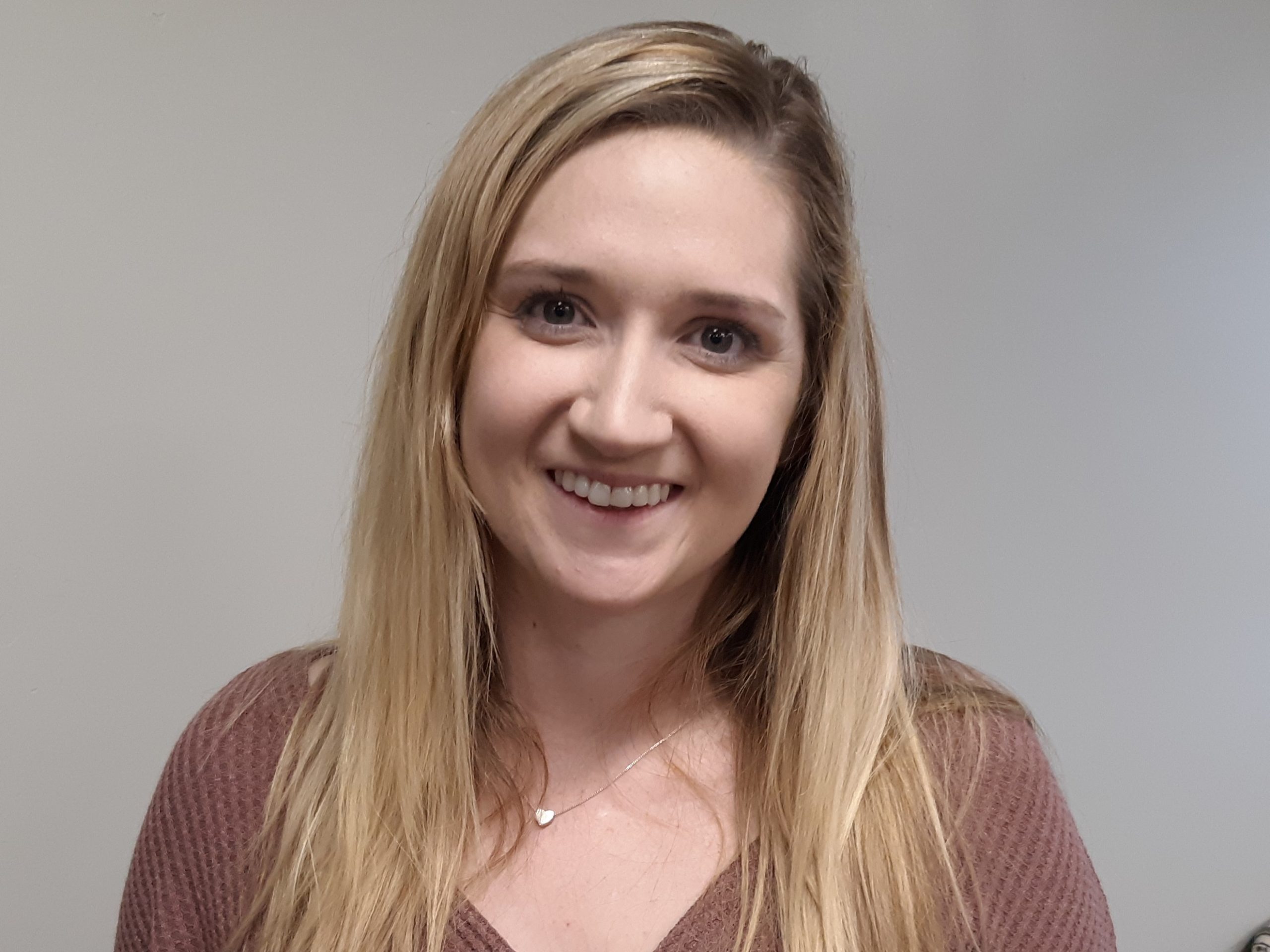
Community Energy Projects: Creating an Opening for Regional CleanTech
We see an opportunity to market new clean energy technologies in the region through a community energy project. This could provide a great platform for regional innovators to demonstrate their products close to home and gain the information critical to expand markets for them. It could involve technologies in energy, efficiency, sustainability, and more together to improve the quality of life and aid in the energy transition here locally. Community energy projects have become very popular with funding agencies. They are, however, complicated to create and manage. The question is whether we could do one here.
Such a project would engage a team of professionals, students, community leaders, volunteers, and innovators to target a particular community in the Sacramento area and create a plan for execution to deliver energy upgrades and greenhouse gas emissions reductions. This would not be a short-term project. In fact, it may take a year or two to happen and even longer to fully complete. But it will create a focus for activity, a tangible set of actual installations and controls, and a tangible improvement in the lives of the residents in the community where it happens. It will also become a template for replicating the same process in other communities, both in the Sacramento area and beyond.
What will it be? We aren’t sure, but we want to hear what you think and where you see opportunities. We want to be a catalyst to see what we could get started. In 2022 CleanStart will be shaking off these past two years by going into the community to connect the energy transition to local quality of life. We have built the CleanTech Connect (aka CTC) trailer to go into the community and bring people together.
If you want to connect with the energy transition, community energy, and making our region a better place, give us your thoughts on how we can collaborate on this opportunity.
Want to get involved? Reach out!
ABOUT THE AUTHOR
Thomas is the Executive Director of CleanStart. Thomas has a strong background in supporting small businesses, leadership, financial management and is proficient in working with nonprofits. He has a BS in Finance and a BA in Economics from California State University, Chico. Thomas has a passion for sustainability and a commitment to supporting non-profits in the region.
Sponsors




Weintraub | Tobin, Revrnt, Moss Adams, PowerSoft.biz, Greenberg Traurig










